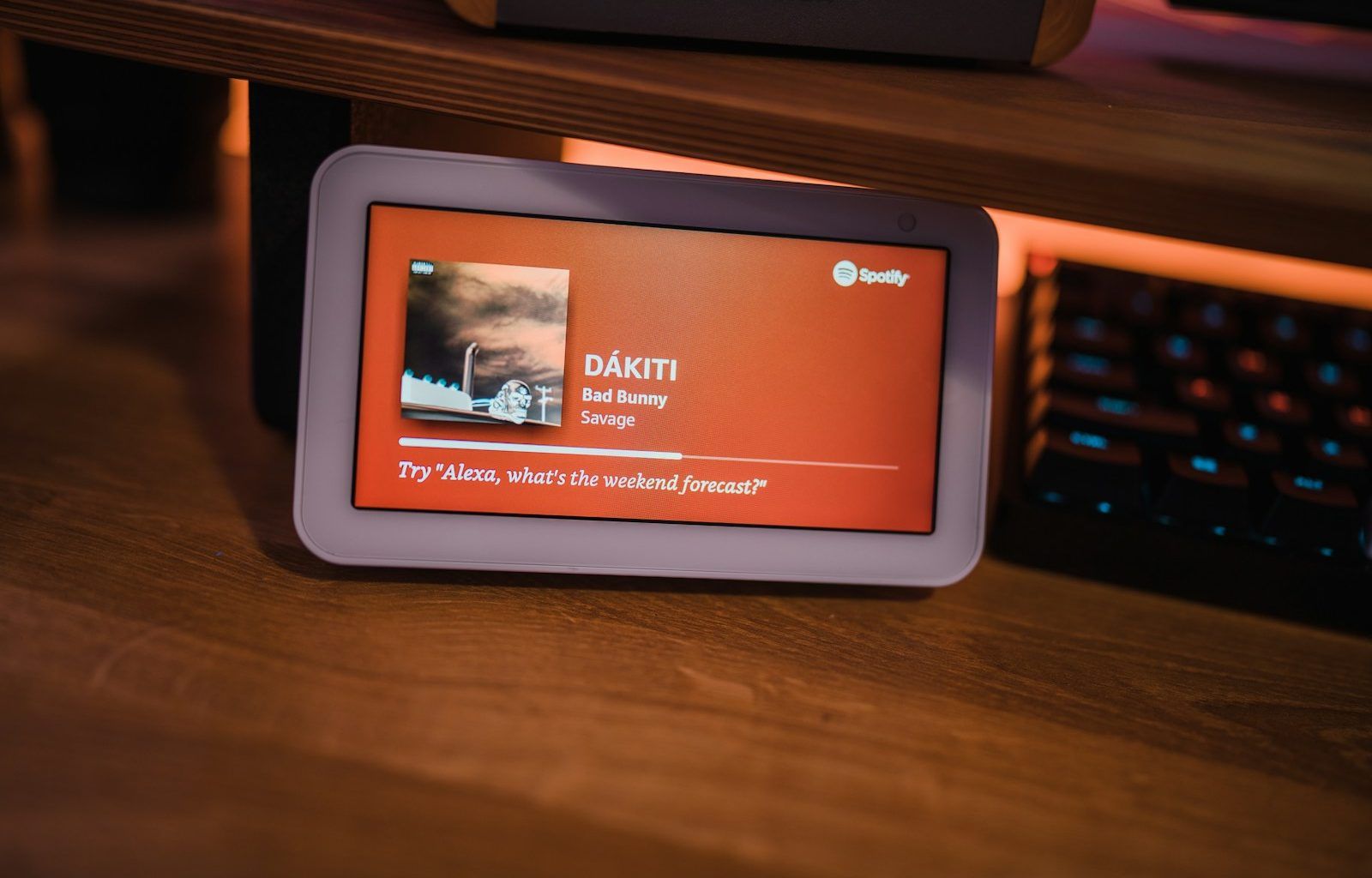When you think about Spotify, you probably think of endless playlists, your favorite tunes, and easy music discovery. But for musicians, Spotify is more than just a streaming platform; it’s a potential source of income. A lot of artists wonder, “How much does Spotify pay per stream?” Let’s break it down in simple terms and explore everything you need to know about Spotify’s price per stream.
How Does Spotify Pay Artists?
Spotify’s payout system can seem confusing at first, but once you understand the basics, it makes more sense. Unlike buying a CD or downloading a song, where an artist gets a direct cut of the revenue, Spotify uses a streaming model. Every time a listener streams your song, Spotify pays a fraction of a cent to the rights holders.
This fraction is often referred to as Spotify’s price per stream. On average, Spotify pays between $0.003 and $0.005 per stream. However, this rate isn’t fixed; it varies based on several factors, including:
- The listener’s location.
- Whether the listener is a free user or a Premium subscriber.
- The revenue Spotify generates in a specific market.
Breaking Down Spotify’s Revenue Model
Before understanding Spotify’s price per stream, it’s essential to know how the platform makes money. Spotify has two primary revenue sources:
- Premium Subscriptions: These come from users who pay a monthly fee to access ad-free music, offline downloads, and higher-quality audio.
- Advertisements: Free-tier users listen to ads, and advertisers pay Spotify to reach these users.
Spotify pools this revenue together and allocates a portion to pay rights holders, including artists, songwriters, and record labels. Unfortunately, artists don’t get paid directly for their streams. Instead, the revenue is divided among everyone involved in the song’s creation and distribution.
Why Does Spotify’s Price Per Stream Vary?
Spotify’s price per stream isn’t a fixed number because it depends on multiple factors. Here’s a closer look:
- Location Matters: Spotify’s payouts differ based on where streams come from. For instance, streams from countries with higher ad revenue or more Premium users might earn more compared to countries with lower ad revenue.
- User Type: Premium subscribers contribute more to the revenue pool than free-tier users. So, if your streams come from Premium listeners, you’ll likely earn more.
- Market Revenue: Spotify’s total revenue fluctuates based on ad sales, subscription growth, and market trends, impacting how much they can pay artists.
How Are Streams Counted?
Not every play on Spotify counts as a stream. To ensure fairness, Spotify only counts a stream when a user listens to your song for at least 30 seconds. Skipped tracks or partial plays under 30 seconds won’t contribute to your earnings.
Additionally, streams are tracked by unique listeners. If someone puts your song on repeat, each play counts as a new stream. However, algorithms may flag suspicious activity if a song is played excessively by the same account.
Who Gets Paid from Spotify Streams?
When Spotify pays for streams, the money doesn’t go straight to the artist’s bank account. Instead, it’s divided among several parties:
- Record Labels: If you’re signed with a label, they’ll take a portion of the payout.
- Distributors: These companies help independent artists upload their music to Spotify and other platforms. They also take a cut of the earnings.
- Songwriters and Publishers: If you didn’t write the song, the songwriters and publishers are entitled to royalties.
As an artist, the amount you receive depends on your agreements with these parties. Independent artists often earn more per stream because they have fewer middlemen.
Is Spotify’s Price Per Stream Fair?
The fairness of Spotify’s price per stream has been a hot topic for years. Many artists feel the payouts are too low, especially for those who rely solely on streaming income. For instance, at $0.004 per stream, you would need 250,000 streams to make $1,000. This number might seem achievable for a well-known artist, but it’s challenging for emerging musicians.
On the other hand, some argue that Spotify provides exposure and helps build a fan base, which can lead to other income sources like merchandise sales, live performances, and licensing deals.
How to Maximize Your Earnings on Spotify
While Spotify’s price per stream might seem small, there are ways to make the most of your streams. Here are a few tips:
- Promote Your Music: Share your Spotify links on social media, email newsletters, and other platforms to drive more streams.
- Get on Playlists: Being featured on popular playlists can significantly boost your streams. Reach out to playlist curators or submit your songs to Spotify’s editorial playlists.
- Engage with Your Fans: Build a loyal fan base by connecting with your audience. Loyal listeners are more likely to stream your songs repeatedly.
- Release Regularly: Frequent releases keep your name fresh in listeners’ minds and increase your chances of being discovered.
- Leverage Analytics: Use Spotify for Artists to understand your audience and tailor your marketing efforts.
What About Other Streaming Platforms?
Spotify isn’t the only streaming platform, and its price per stream differs from other services. Here’s a quick comparison:
- Apple Music: Pays around $0.01 per stream, roughly double Spotify’s rate.
- Tidal: Known for its higher payouts, Tidal pays up to $0.0125 per stream.
- Amazon Music: Similar to Spotify, with rates around $0.004 per stream.
Choosing the right platforms and distributing your music widely can help maximize your overall earnings.
The Future of Spotify’s Price Per Stream
As streaming continues to dominate the music industry, Spotify’s price per stream will likely remain a topic of debate. The platform is constantly evolving, introducing new features like fan support tools and higher-tier subscriptions. These changes could impact how much artists earn in the future.
Final Thoughts
Understanding Spotify’s price per stream is crucial for artists navigating the streaming world. While the payouts might seem low, the platform offers immense potential for exposure and audience growth. By promoting your music, engaging with fans, and exploring additional revenue streams, you can make the most of what Spotify has to offer.
For further reading, explore these related articles:
For additional resources on music marketing and distribution, visit DMT Records Private Limited.





